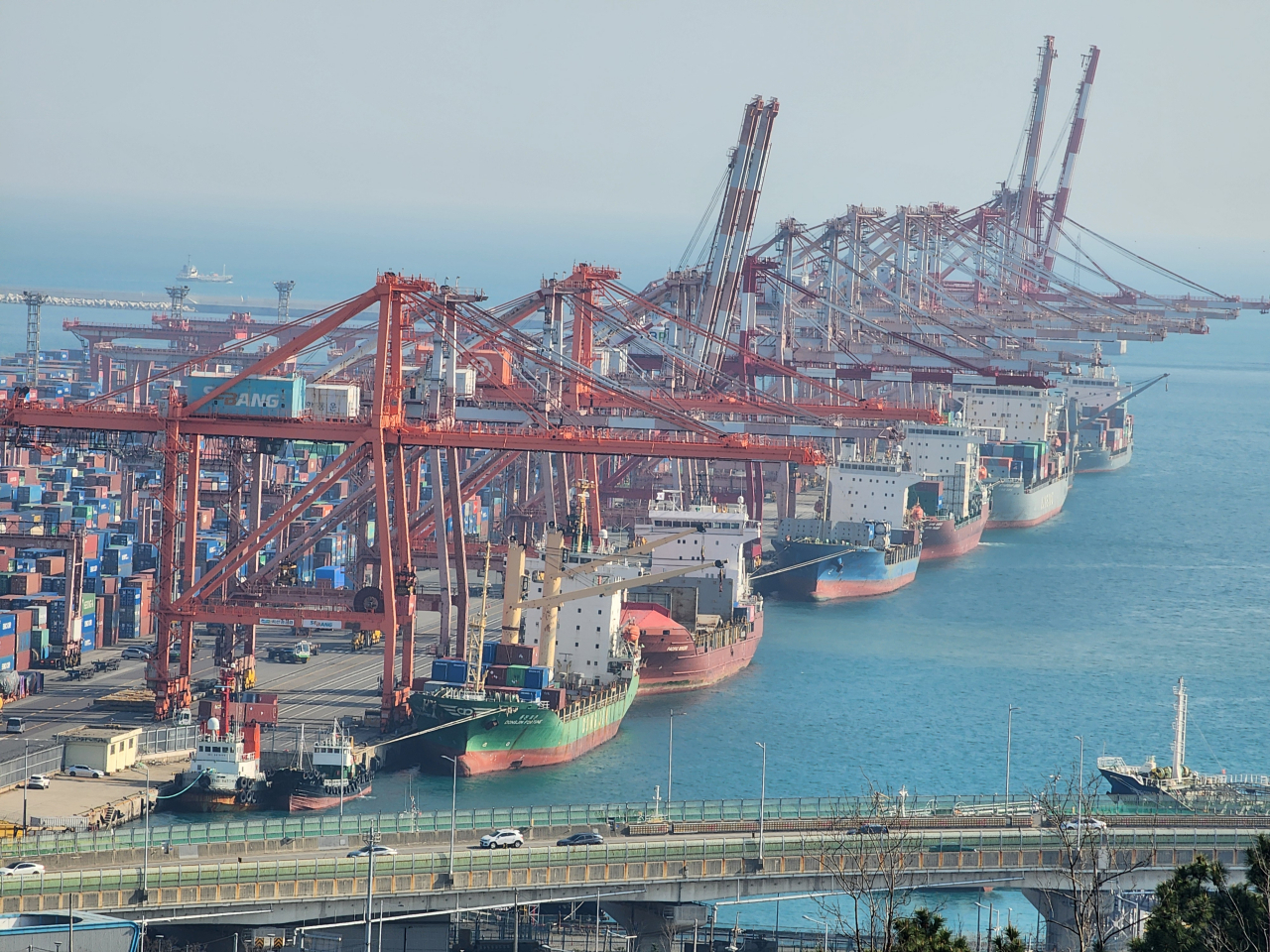The South Korean economy is predicted to expand by 2.3 percent this year, according to the ASEAN+3 Macroeconomic Research Office (AMRO). AMRO forecasts that the recovery of the semiconductor sector will drive exports and overall economic growth. Despite a global economic slowdown, the Korean economy grew by 1.4 percent last year, thanks to increasing exports since the end of 2023.
Inflation in South Korea is expected to reach 2.5 percent this year, down from 3.6 percent in 2023. The inflation rate is projected to decrease further to 2 percent in 2025, although high oil and fresh food prices have slowed down the pace of decrease. The ASEAN countries plus South Korea, Japan, and China are expected to achieve 4.5 percent economic growth in 2024 and 4.2 percent in 2025 due to the recovery of the tourism sector and increasing domestic demand. Inflation for the bloc is predicted to reach 4.3 percent this year and 3.7 percent in 2025.
AMRO highlights uncertainties in the regional economy, including geopolitical risks, higher raw material prices, and slow recovery of Chinese economy as long-term risks such as aging population, climate changes and geopolitical issues are also mentioned. Most countries in the region have adopted tight or neutral monetary stances to address high inflation rates with AMRO calling for continuous efforts to ensure financial stability curb still elevated inflation levels.
The Singapore-based organization aims to promote macroeconomic and financial stability in Asia, consisting of ten member states of ASEAN plus its three Northeast Asian partners – China, Japan, and South Korea.
Overall, while there are challenges ahead for the regional economy due to various uncertainties, there is reason for optimism as most countries have adopted tight or neutral monetary stances and continued efforts will be made towards ensuring financial stability curbing still elevated inflation levels while promoting macroeconomic stability through trade recovery and domestic demand increase.


